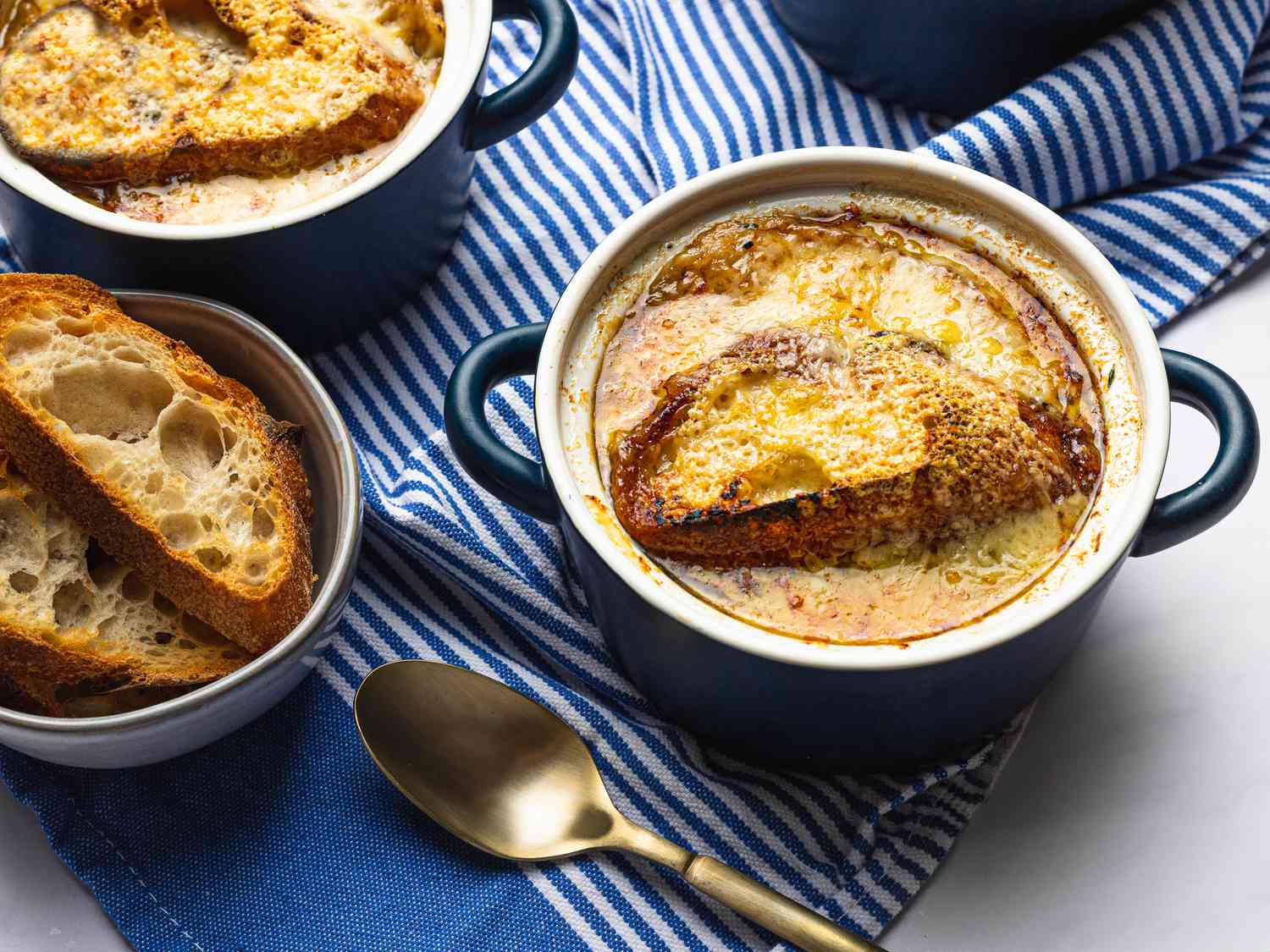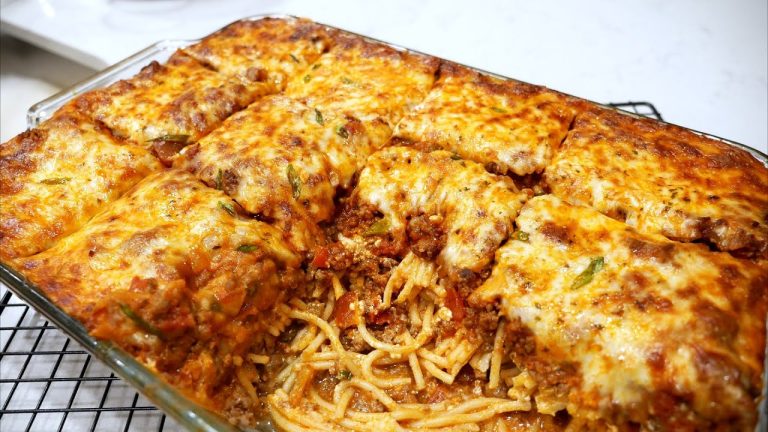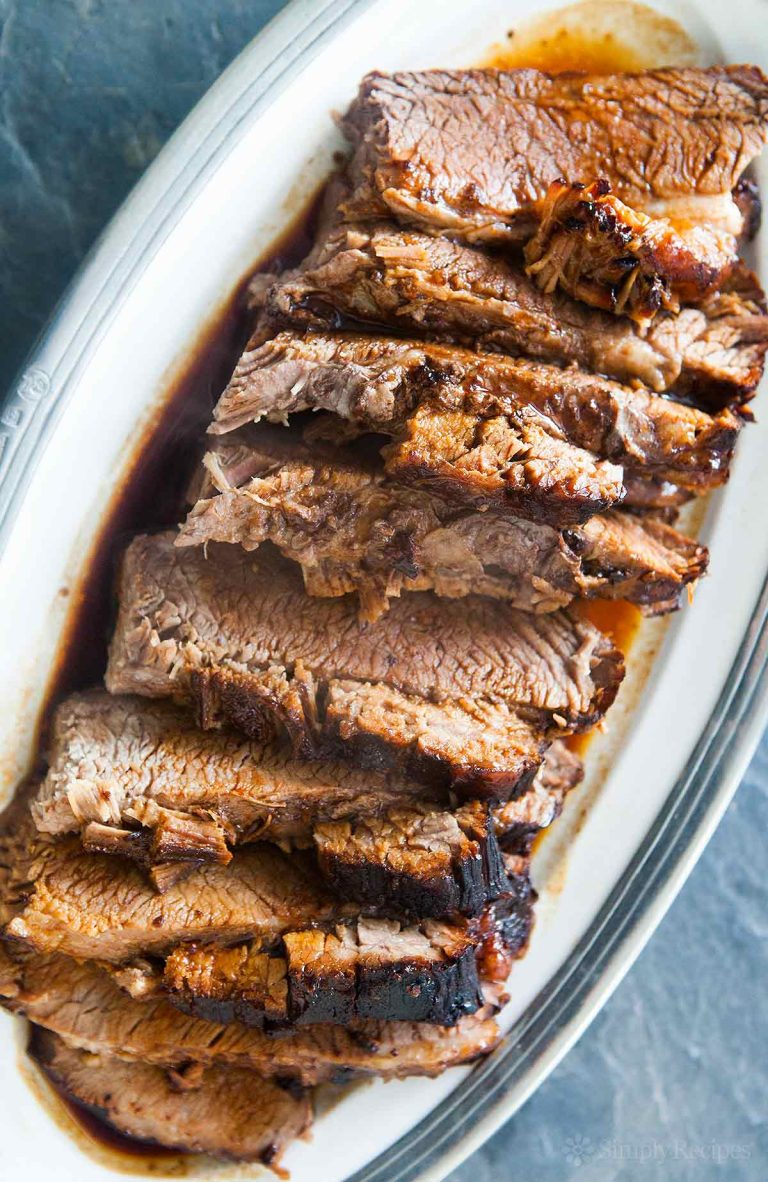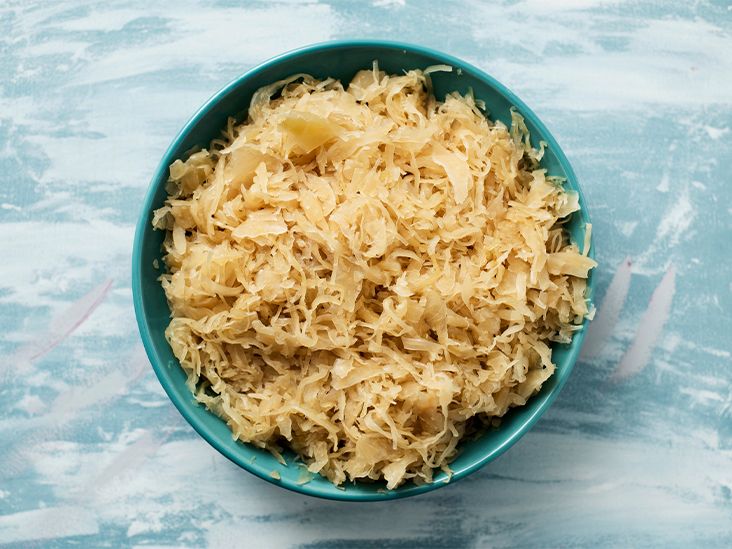French Onion Soup: History, Tips & Perfect Recipe for Delicious Results
French Onion Soup dates back to at least the 17th century in France. Originally a dish for the poor, it uses inexpensive ingredients like onions and stale bread. French legend attributes the creation to King Louis XV, who made the soup using the few ingredients he had on hand at a hunting lodge. Over centuries, it evolved from humble beginnings to become a classic in French cuisine. By the 19th century, French Onion Soup had gained popularity in Parisian restaurants, being served as a hearty and comforting meal for patrons.
Rise of Slow Cooker Versions
Slow cookers, introduced in the 1970s, revolutionized home cooking. The rise of slow cooker versions of French Onion Soup can be linked to the convenience and flavor enhancement these devices offer. Slow cookers allow onions to caramelize over hours, intensifying flavors without the need for constant supervision. Modern recipes often include variations like adding different types of cheeses or incorporating wine for a richer taste. Embracing slow cooker techniques ensures you achieve the deep, nuanced flavors that define traditional French Onion Soup while simplifying the cooking process.
Essential Ingredients for Slow Cooker French Onion Soup
Types of Onions to Use
Yellow onions are typically the best choice for French Onion Soup. Their balance of sweetness and robustness complements slow cooking, delivering a rich flavor profile. White onions, though milder, can be used if you prefer a gentler taste. Red onions add a slightly sharper, more potent flavor but lose some color during cooking. For a more complex taste, mix several types of onions.
Choosing the Right Broth
Using high-quality beef broth enriches the soup’s flavor, adding a deep, savory base. Opt for low-sodium broth to control the soup’s saltiness. If you prefer a lighter taste, chicken broth works well but offers less depth. Vegetable broth is a good vegetarian option, though it might not deliver the traditional richness. Homemade broth ensures the best results, providing fresher, cleaner flavors.
Step-by-Step Cooking Process
Preparing the Onions
Slice the onions into uniform, thin rings to ensure even cooking. You’re looking for about 6 cups of sliced onions, equating to roughly 5-6 medium-sized yellow onions. If you prefer a mix of onions, split the quantity between yellow and sweet onions to add depth. Make sure to peel and trim the root ends before slicing to maintain consistency. This preparation step lays the foundation for a well-balanced soup.
Slow Cooking Techniques
Set your slow cooker to the low setting for optimal caramelization. Add the sliced onions along with 3 tablespoons of unsalted butter. Stir to coat the onions evenly with the melted butter. Place the lid on the slow cooker, but keep it slightly ajar to allow moisture to escape. This step ensures the onions caramelize rather than steam. Let the onions cook for 8-10 hours, stirring occasionally, until they achieve a rich, golden-brown color.
Once caramelized, add 8 cups of high-quality beef broth. Incorporate 2 tablespoons of balsamic vinegar to enhance the savory flavors. Season with 1 teaspoon of salt and 1/2 teaspoon of black pepper, adjusting to taste. Stir the mixture well and continue cooking on low for another 2-3 hours. This extended cooking time melds the flavors, resulting in a robust and hearty soup.
By following these steps, you achieve a deeply flavorful Slow Cooker French Onion Soup with well-caramelized onions and a rich broth.
Serving Suggestions for French Onion Soup
Recommended Cheeses
Selecting the right cheese enhances the flavor and texture of your French Onion Soup. Gruyère provides a nutty, melty top layer that complements the robust soup. Emmental, another Swiss cheese, offers a mildly savory taste that pairs well with the caramelized onions. For a stronger flavor, use Comté or a blend of different cheeses like Fontina and Parmesan, which add depth without overwhelming the soup’s delicate onion profile.
Ideal Side Dishes
Complementing French Onion Soup with suitable side dishes elevates the dining experience. A fresh, crisp salad like mesclun greens with vinaigrette balances the soup’s richness. For a heartier accompaniment, serve crusty baguette slices brushed with garlic for dipping. Various charcuterie items like prosciutto or salami provide savory contrast, while buttered asparagus or steamed green beans offer a light, refreshing side.
Expert Tips for Perfecting Slow Cooker French Onion Soup
Troubleshooting Common Issues
Address several challenges associated with making slow cooker French onion soup for the best results. If your soup tastes bland, increase the amount of caramelized onions and cook them until they reach a deep golden brown. In case the soup feels too watery, remove the lid during the last hour of cooking to allow some liquid to evaporate. If you notice that your onions are burning, set the slow cooker to a lower temperature and monitor them more frequently.
Enhancing Flavor and Texture
Improve the taste and consistency of your soup with a few strategic additions. Use beef broth instead of water for a richer flavor. For added depth, deglaze the caramelized onions with a bit of white wine or cognac before transferring them to the slow cooker. Incorporate herbs like thyme or bay leaves during the cooking process, then remove them before serving. Top the soup with a blend of Gruyère and Comté cheese for a balance of creamy and nutty flavors. For a perfect texture, broil the cheese-topped bread slices until golden and bubbly before placing them on the soup.
Conclusion
Mastering Slow Cooker French Onion Soup can elevate your culinary skills and impress your guests. By focusing on the slow caramelization of onions and carefully selecting your cheeses and herbs, you can create a rich and flavorful dish. Remember to deglaze with white wine or cognac for added depth and adjust cooking times to avoid common pitfalls. With these expert tips, your French Onion Soup will be a delicious and comforting addition to any meal. Enjoy the process and savor the results!






